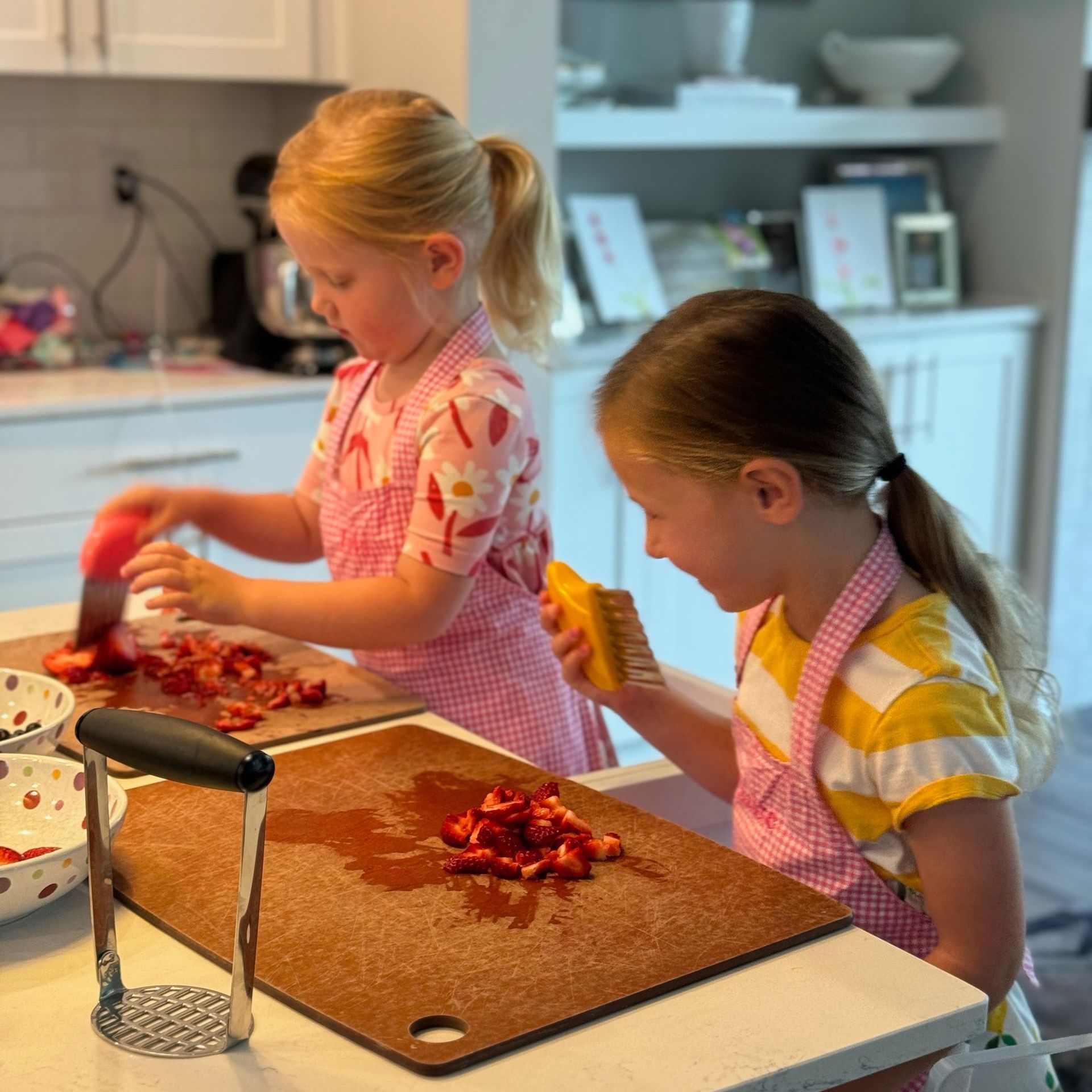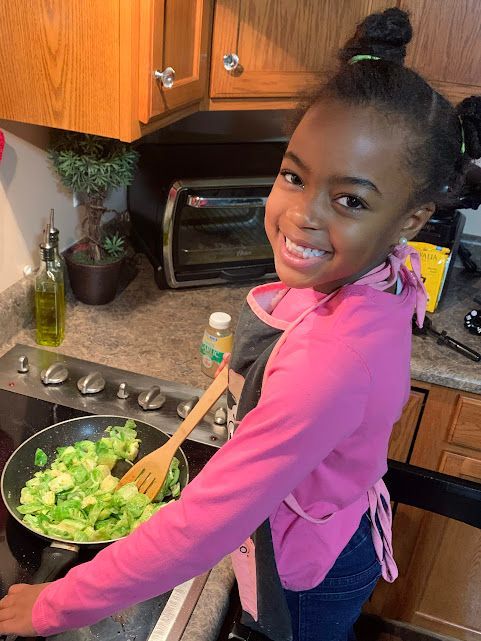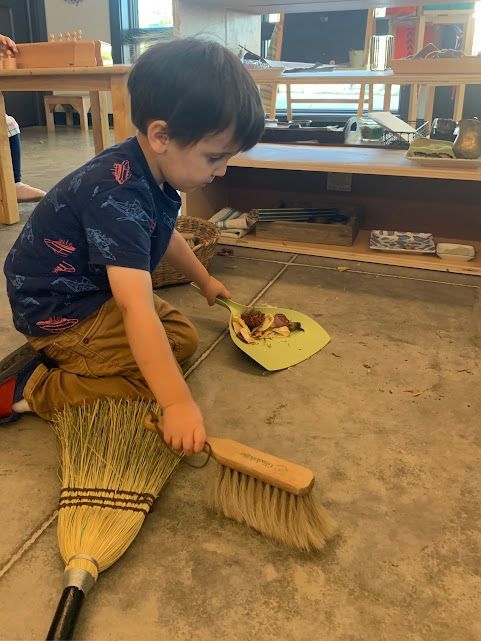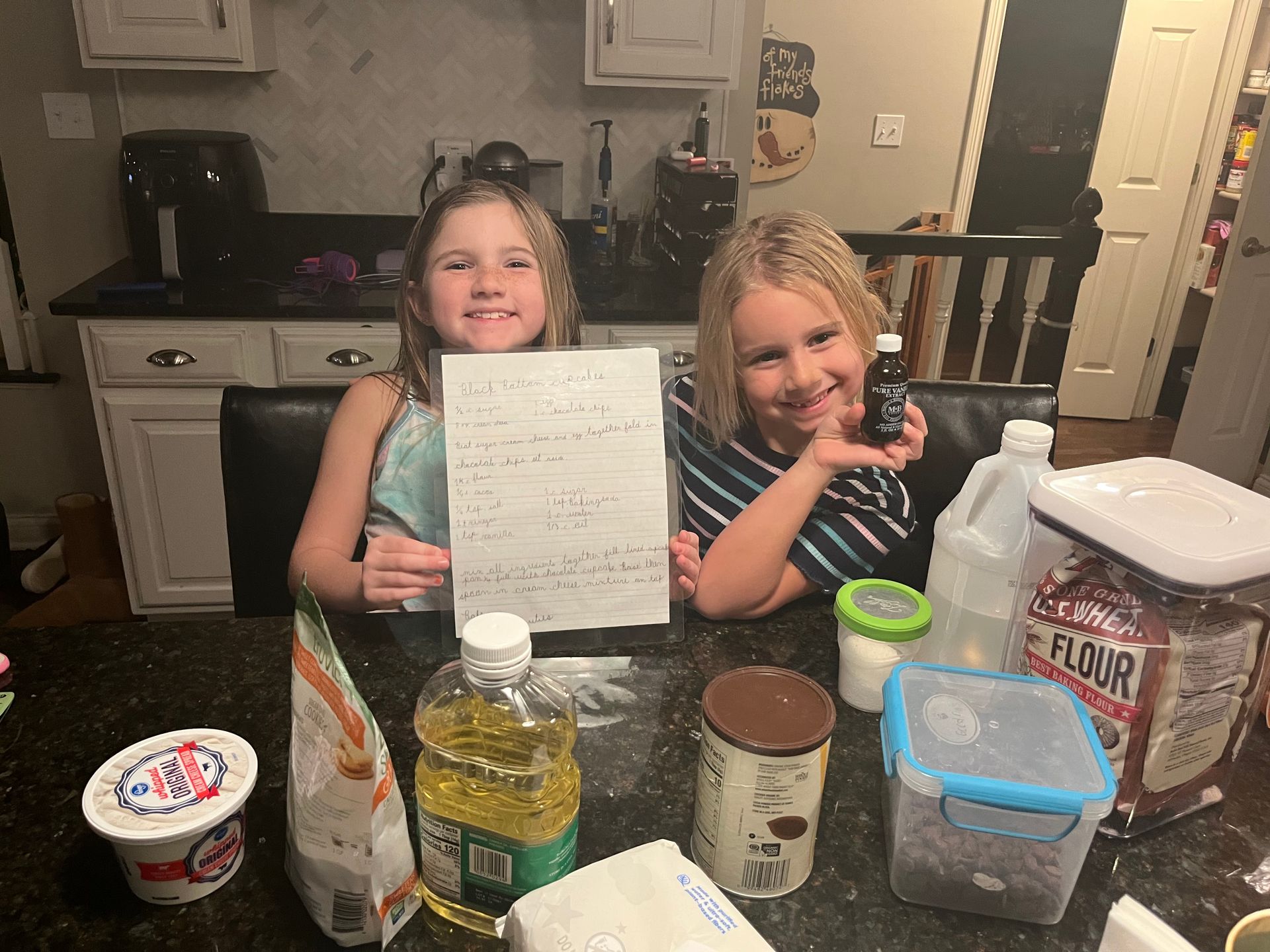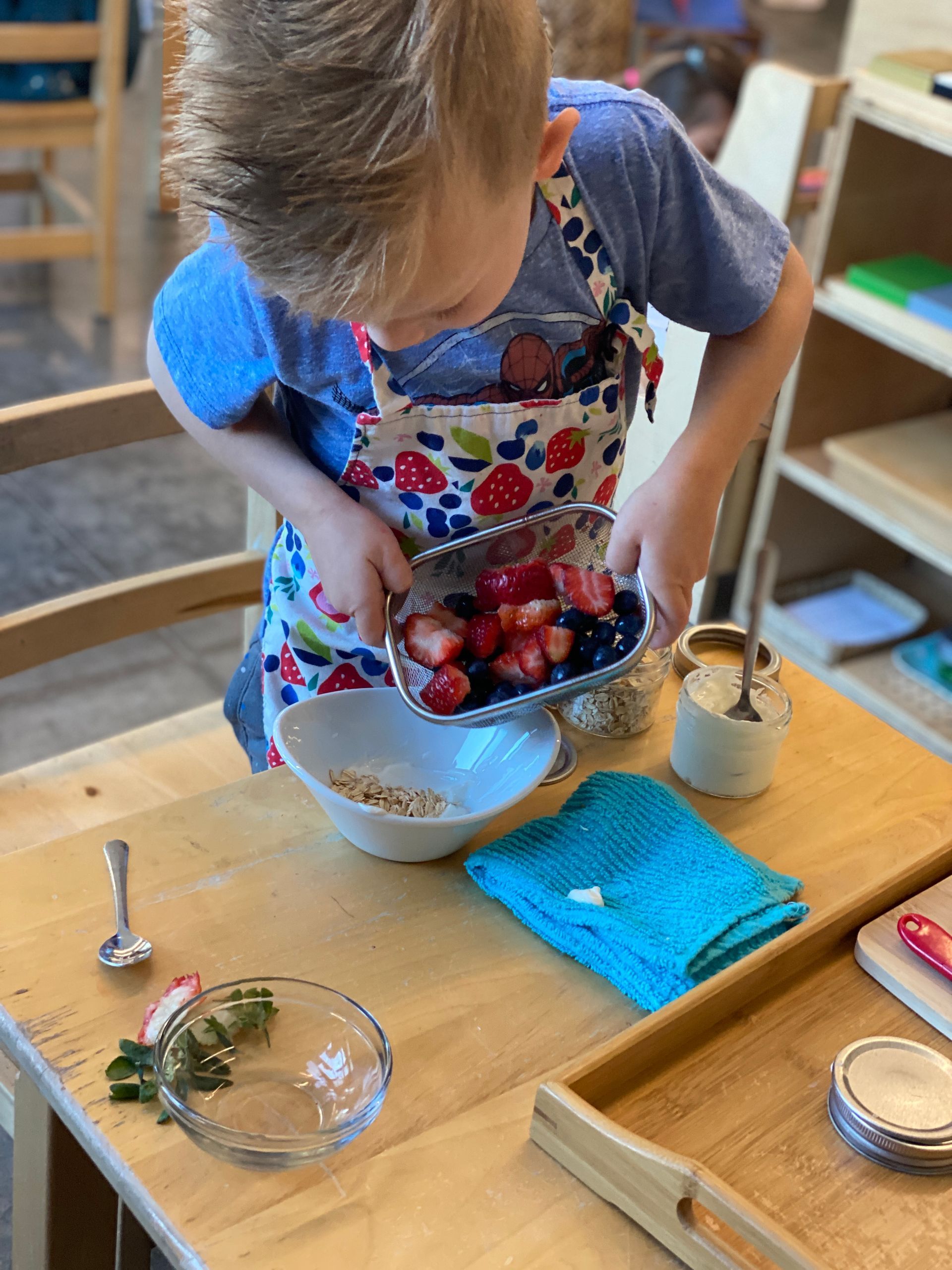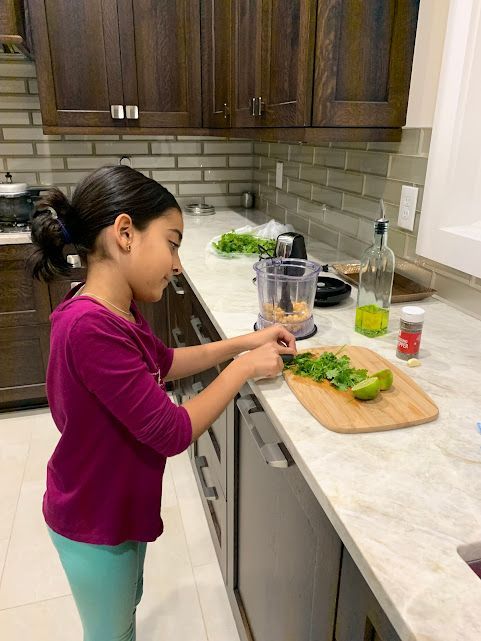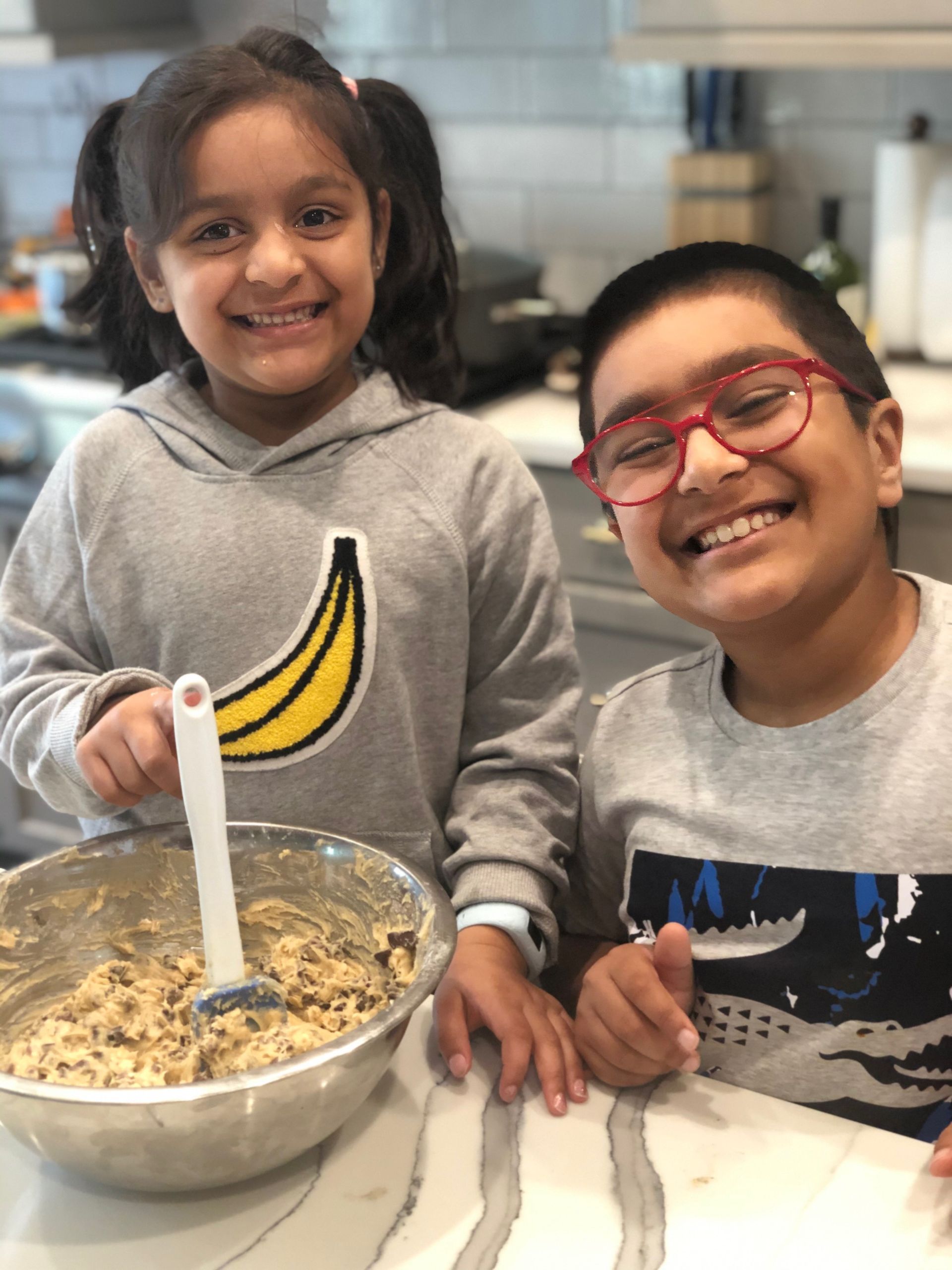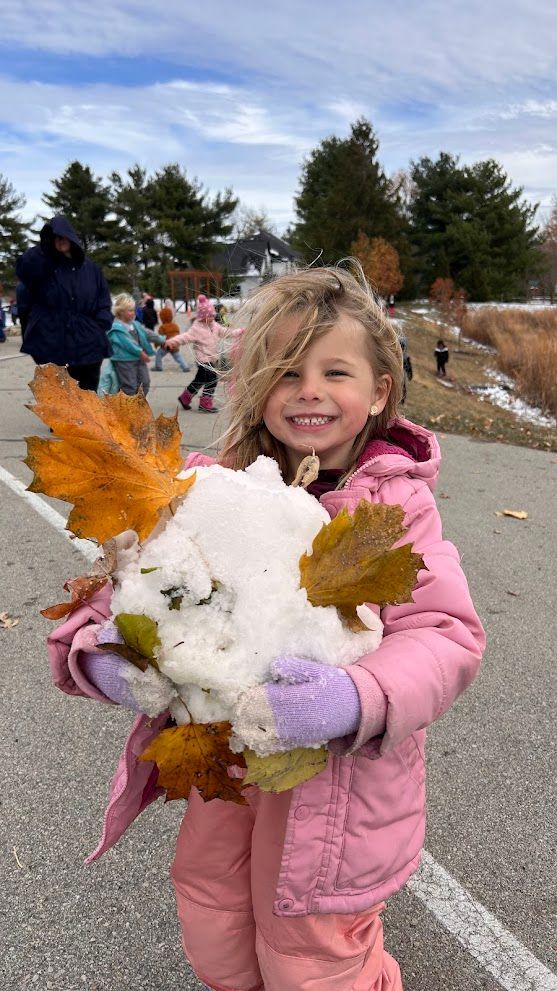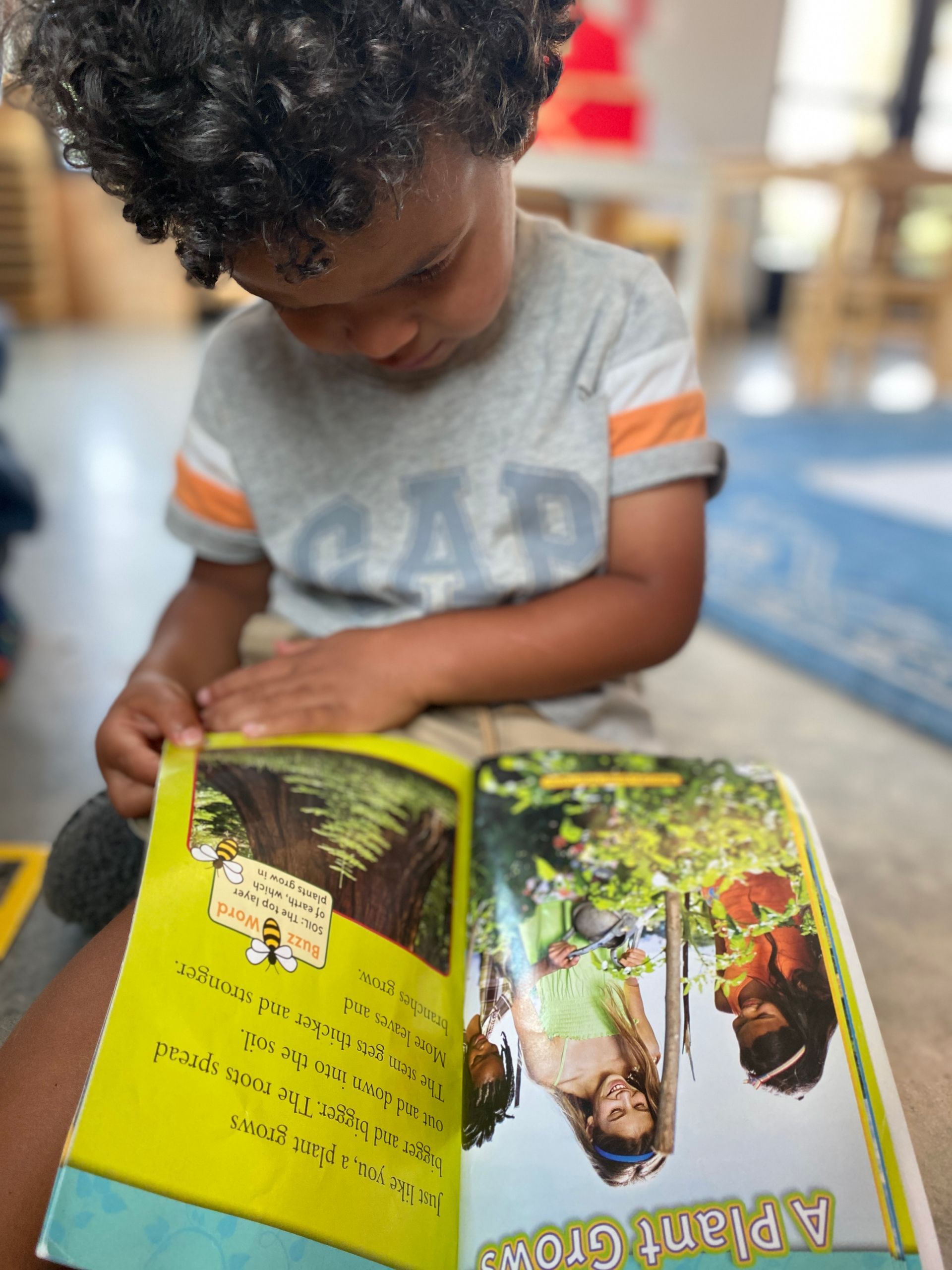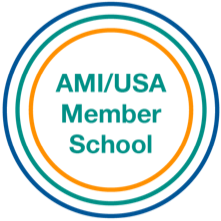"Plainly, the environment must be a living one, directed by a higher intelligence, arranged by an adult who is prepared for his mission."
MARIA MONTESSORI
Many new parents often ask what they can do at home to aid their child on their Montessori journey. The best answer is to mirror the Montessori environment so the transition from home to school and vice versa is smooth and seamless. This does not mean that we expect parents to purchase materials and replicate the entire classroom. In fact, doing so will only deter your child’s learning here at school. Instead, look at the other elements of the Montessori environment.
Our Montessori environments allow the child to be independent, observant, and logical thinkers. The environments are meticulously prepared by the adult. Why do we want to bring these Montessori elements into our homes?
We want the child to experience consistency. Consistency in routine, expectations and environments lead to trust and security within the child. They know what to expect and this expectation leads to comfort and regulation.
We want the child to experience feelings of being needed and have opportunities of contribution in the home or the community of school. When children are allowed to work and partake in activities that support the home and the people in them, they develop feelings of worth, pride, a sense of belonging and love.
We want the child to be independent. Having opportunities to try new things, succeed or fail and try again, and make choices all lead to a sense of accomplishment and builds confidence.
The first step in preparing your Montessori home is to really observe and take a look at your child. Observe his interests and abilities. What tasks is my child ready to learn? Would they be able to complete a certain task if I showed them first? Ask yourself these questions when thinking about your home environment and the skills you'd like your child to acquire.
The second step in preparing your Montessori home is the physical preparation of the environment and materials. Does your child have access to the tools she needs? Is there space in each room to work? Is your son or daughter able to see when the work is complete? Are things the appropriate size? Is your child free to choose as she wishes? All items should have a defined space so the child can retrieve them and clean up properly. In the classrooms, everything is put back in the proper space so it can be used later. This is the last step in completing a work and let's the child know the work is finished.
The third step in preparing your Montessori home is implementation. Take time to show your child how to complete each step from start to finish. Show him where he can access what he needs, how to use the tools and how to clean up. You don't need to say much, but let her take in the information from observing you. Next, take a step back, as the adult in the environment, and let the child work uninterrupted. Allow her the freedom to choose her work as interested. If a mistake is made, show the work again another time. Follow through. If you noticed the cutting board is still on the counter and filled with carrot peelings, you can ask your child, "If you are finished peeling carrots, what comes next?" Ask questions to help your child think through steps instead of telling him exactly what to do in each moment.
In the Kitchen
The kitchen is often referred to as the heart of the home. It’s where all the action takes place. There is so much your child is capable of doing in the kitchen. All children love working in the kitchen with real tools and real food. Children are also more likely to try different foods if they help prepare them!
- Have a table and chair that is child sized.
- They should have a portable stool to reach the counter or a workspace low enough to reach.
- Prepare a place where water is accessible independently. Do they a need pitcher they can access on a low shelf in the refrigerator or can they access water from the dispenser?
- Set up a snack drawer or basket where snacks can be chosen throughout the day. You can choose which snacks are placed in the basket or drawer so they are choosing things that are acceptable to you. Keep items for them in the lower portion of the refrigerator for easy access.
- Set up a towel, spray bottle and small broom with a dustpan for your children to access independently and use during the clean-up process.
- Have tools for them to use that are their size. We love these options for a cutting board and crinkle cutter.
For Small Hands/Montessori Services is a wonderful resource for real, child-sized tools.
Once your environment is prepared, you can take a step back and watch your child work! The joy that comes from delighting in your work and enjoying the fruits of your labor is unreplaceable. What’s next? Keep observing! If you notice your child isn't choosing things as she previously had, change things up a bit and give her more challenging things to do. Watch as your children deepen their concentration, develops logical sequencing skills and become more independent- just as they are doing in our classrooms!

